This season we had the amazing opportunity to go skiing in Japan. It was everything I could’ve imagined and more. While we’ve skied in remote parts of Canada and the United States, this was a whole different level of adventure. We made A LOT of mistakes and got some great tips from our guides at Japan Ski Tours. To help future adventures, here’s ten things to know ahead of skiing in Japan to make it an even more fun trip.
Sea Effect Is Real
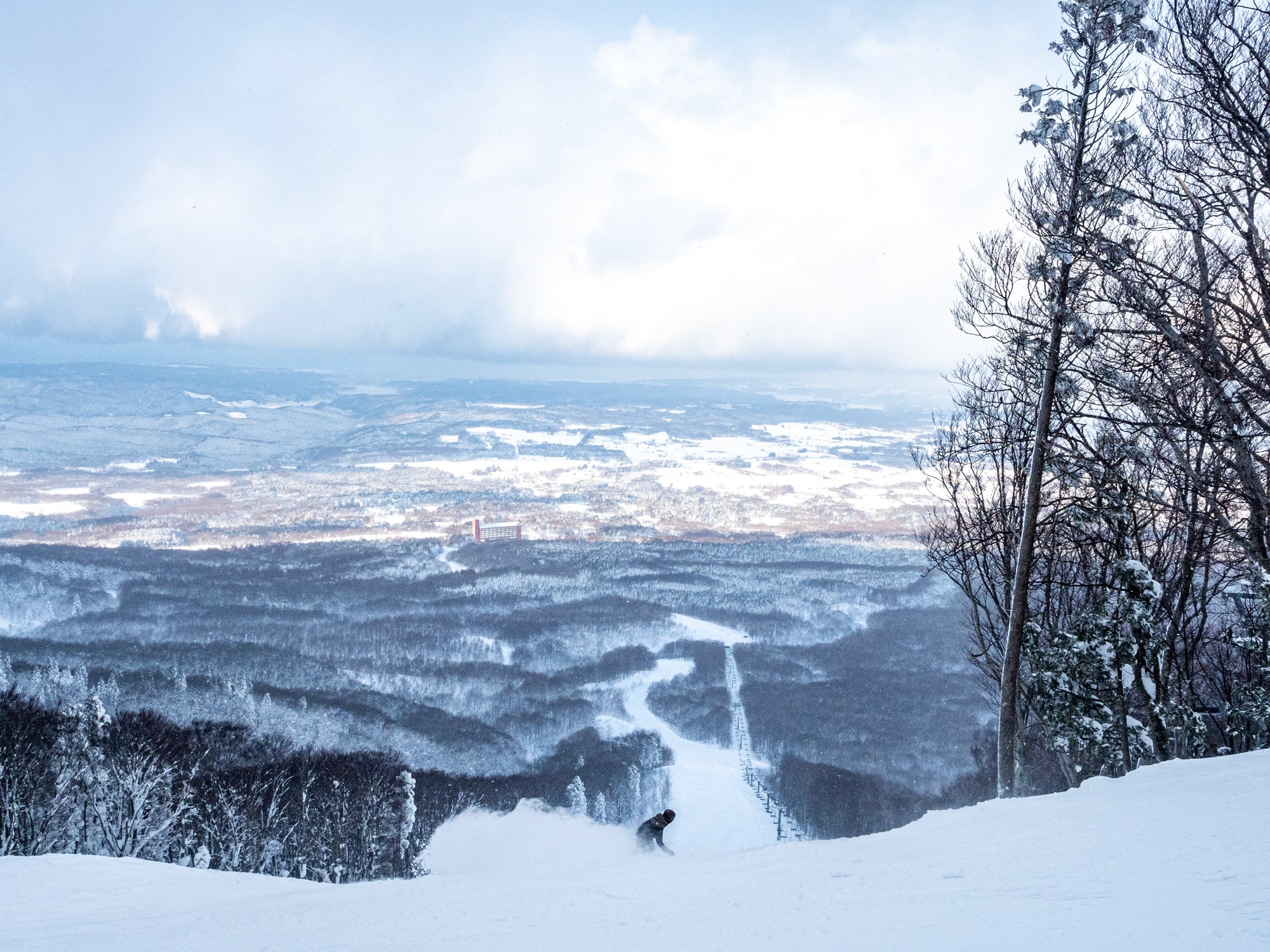
After years of American ski resorts over reporting and over hyping storms, my expectations for a place nicknamed “JAPOW” were set low. Seriously, how could a place get THAT much consistent snowfall? Answer: Sea effect. It was glorious. Similar to lake effect snow, one moment it’s absolutely bluebird, and the next, it’s nuking where you can’t see your hand. Out of the ten days we were there, it only stopped snowing for one day and the rest had some kind of snowfall. Discover what it’s like to ski Japan’s snow by reading our article: Skiing Japan Powder – Snow That You’d Find On Mars.
Slow Yer Sushi Roll
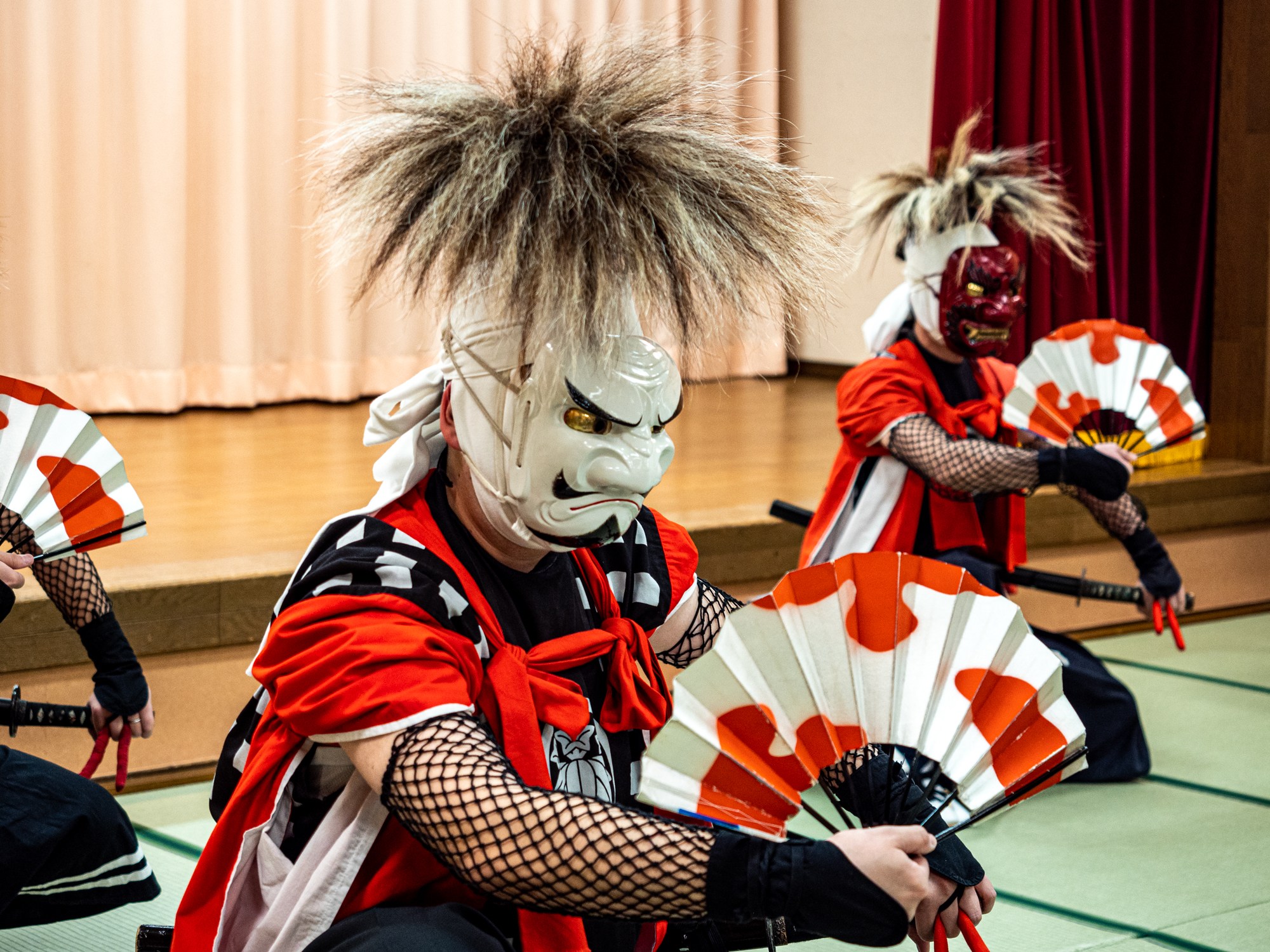
In North America, powder panic is real. The thirst for getting first tracks and beating others to it has personally created a very toxic experience. Japan’s ski scene doesn’t feel that way. Rather, the lift lines are non-existent, and the snow is deep. Don’t just focus on the skiing either. Immerse yourself in the culture. Spend a day checking out unique things like an ancient Onsen where a Shogun bathed or explore an actual Samurai village in Kakunodate.
Book-end Your Trip With Extra Days
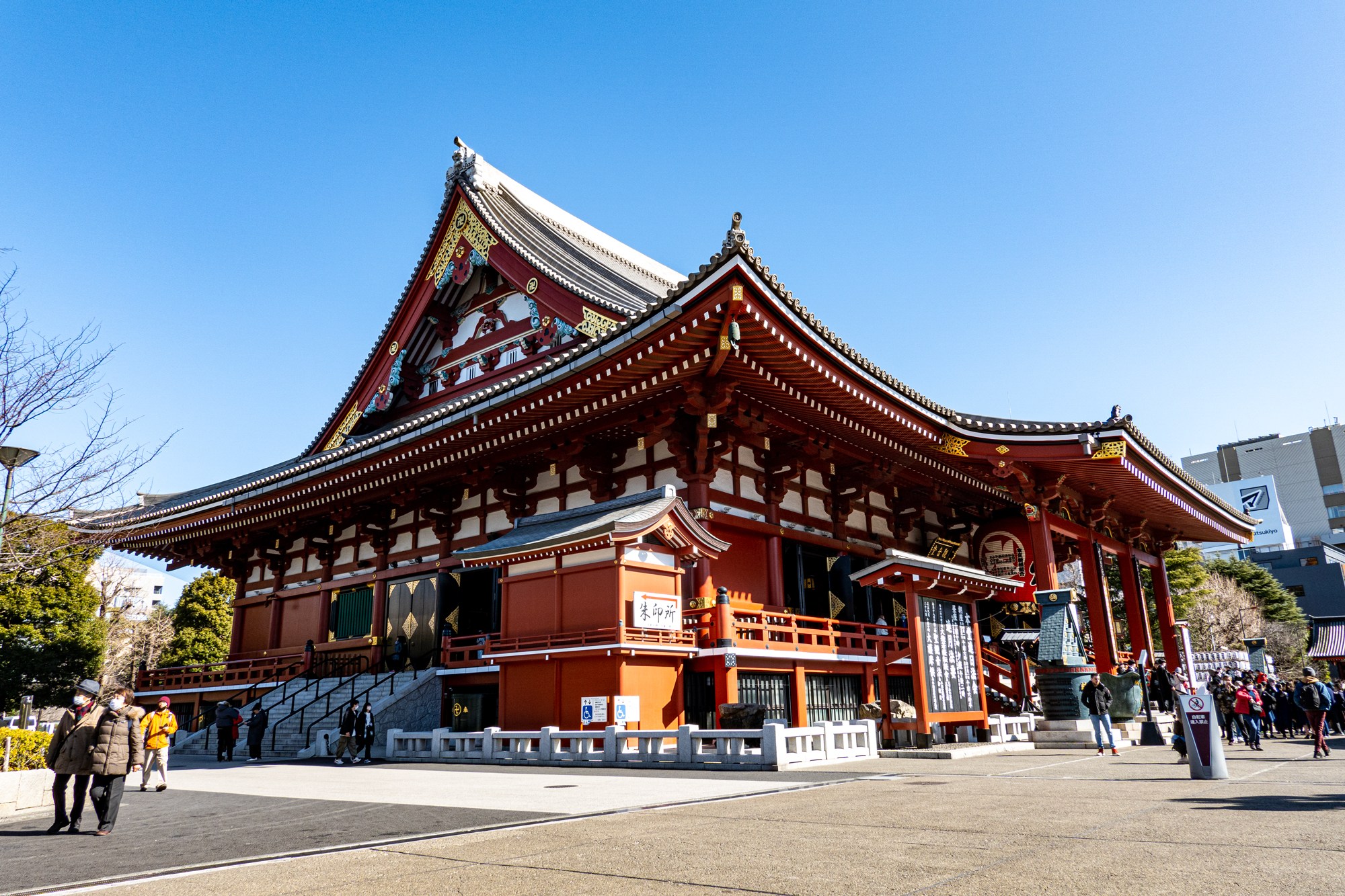
Taxis are INCREDIBLY expensive getting to / from either Narita or Haneda (easily $200 one-way) airports to downtown Tokyo. While the Tokyo metro is cheap (we paid $4 one-way) to get to the destination, it’s a BIG pain. Our train stop had over FOUR flights of stairs without a (locatable) elevator. Meet Takuhaibin – more commonly known as “Takkyubin” or Ta-Q-Bin. If you give yourself three days (certain places two days) before AND after your ski trip, you can forward your gear directly to the 1st ski destination from your airport (about $20 each way). With the $400 or more you save on cab fare, you can then explore Tokyo and the surrounding countryside.
Dip Into The Onsen Experience As Soon As You Get Here

In a country the size of California, there are more than 25,000 hot springs with over 3,000 of them accessed via traditional inns or resorts. The word “Onsen” means hot springs in Japanese, but it’s MUCH more than that. It’s been an integral part of Japanese culture for thousands of years and something everyone should try. The one asterisk that it took me a bit to get over – you have to be fully naked. The reason being is that the spring waters are so pure they don’t want laundry detergent or any of your dirt in it. I’ll let you in on a secret – I’ve got bad memories of high school gym class and showers. It took me most of the trip to peel away those stigmas, but I was glad I did. It isn’t weird and no one even notices or cares. In fact, it was even more peaceful. There is etiquette to follow so use this guide to help direct you on how to do it properly.
Japanese Cuisine Isn’t Just Sushi
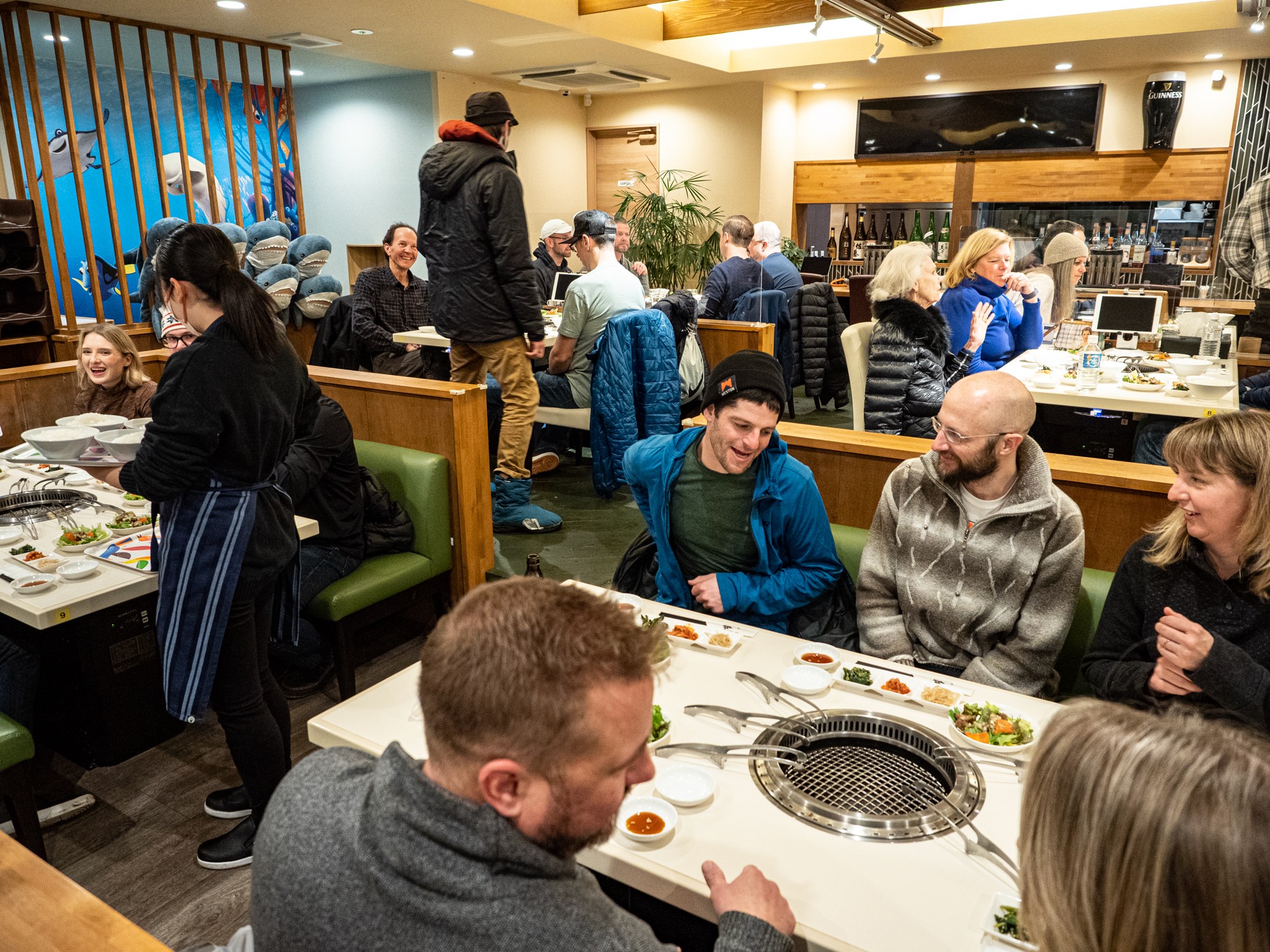
For how much sushi has invaded American culture, you would think the only thing Japanese eat is sushi. It’s far from the truth. Traditional Japanese is focused on what’s in season and each part of the country specializes in certain foods. For example, in the Akita region you’ll want to try the smoked daikon. Iwate is a dairy region so they’re known for their thick yogurt. If you get a chance, hit up a Yakiniku restaurant. Meat lovers will enjoy the opportunity to cook bite-sized meats and vegetables over an open grill. This is just a small blip in the wide array of foods to try.
What They Call Wagyu Beef In America Is A Lie
Speaking of cuisine… I’ve had Wagyu in the United States, and it tasted ok but nothing special. At a Yakiniku restaurant, a plate of raw Wagyu beef was brought to us. After a quick sear on each side, I took a bite. It was unlike ANY beef I’ve ever had before. It was as if the meat was a piece of butter that melted on your tongue and so flavorful too! They may call it Wagyu Beef stateside, but it isn’t anything like the version you enjoy in Japan.
Grab A Pocket Wi-Fi
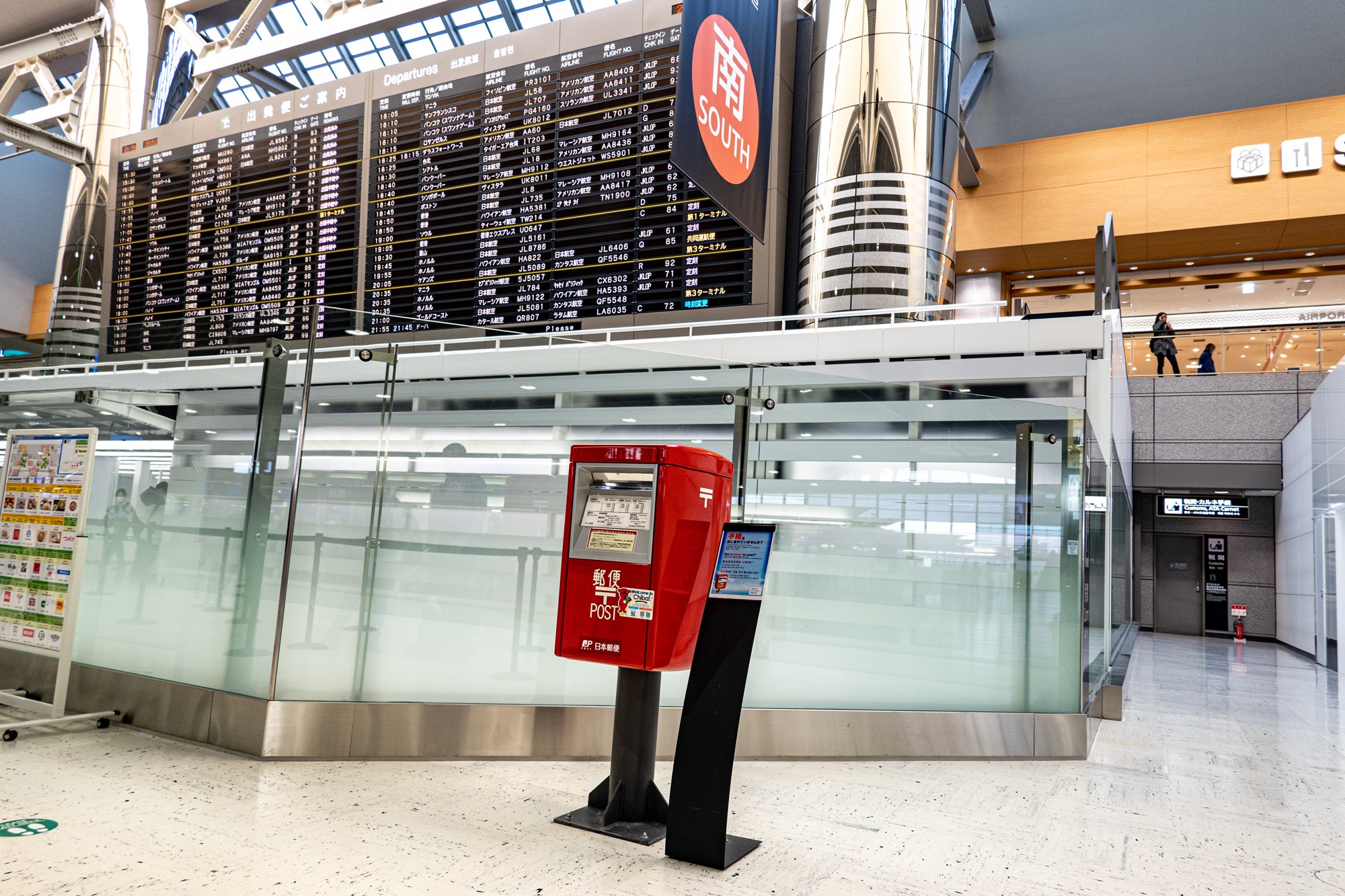
Japan is a country that’s always leading in technology. So it shouldn’t come as a surprise that they would have a solution for Wi-Fi. Not just good, but AWESOME. As the name suggests, the pocket Wi-Fi is a small puck that you throw in your pocket giving you access to HQ Wi-Fi anywhere you’re at in the country. You can keep your phone in airplane mode and stay connected to friends/family, social networks, and even get some work done if need be. We used Sakura Mobile, and it worked perfectly.
Don’t Poo Poo Quickie Marts
When you have a hunger for munchies, we’ve all made that quick hit to a 7-11. It isn’t good, but it does the job. In Japan, their quickie marts are at a whole different level. Scrumptious steamed pork buns, onigiri (rice triangles/balls), multi-flavored Kit Kats, and an assortment of delicacies you wouldn’t expect. Don’t knock it before you try it.
Get Insurance!
No matter how cautious you are, things happen. Regular insurance won’t cover evacuation to your home country if you need to go home for surgery. In addition, we brought backcountry gear, resort equipment, and an enormous amount of photo equipment. We used World Nomads Insurance for two people going on a 10-day trip covering trip travel issues, medical expenses, and $3K coverage each in gear, and it cost us both less than three hundred bucks.
Narita Airport – Food Before Security
You’re glowing from the face shots you got. All luggage is stuffed to the brim with souvenirs and gifts. You quickly rush through security and notice there is only a handful of restaurants. DO NOT go through security until you’ve had dinner. Nearly all the best food is BEFORE security in terminal 2.
We did our trip through Japan Ski Tours and couldn’t be happier with their service. If you do book a trip through them, be sure to let them know Local Freshies® sent ya.
Local Freshies Trip Experience On Film
If you’re still on the fence here’s a short film showcasing our experience in Japan’s Tohoku region.





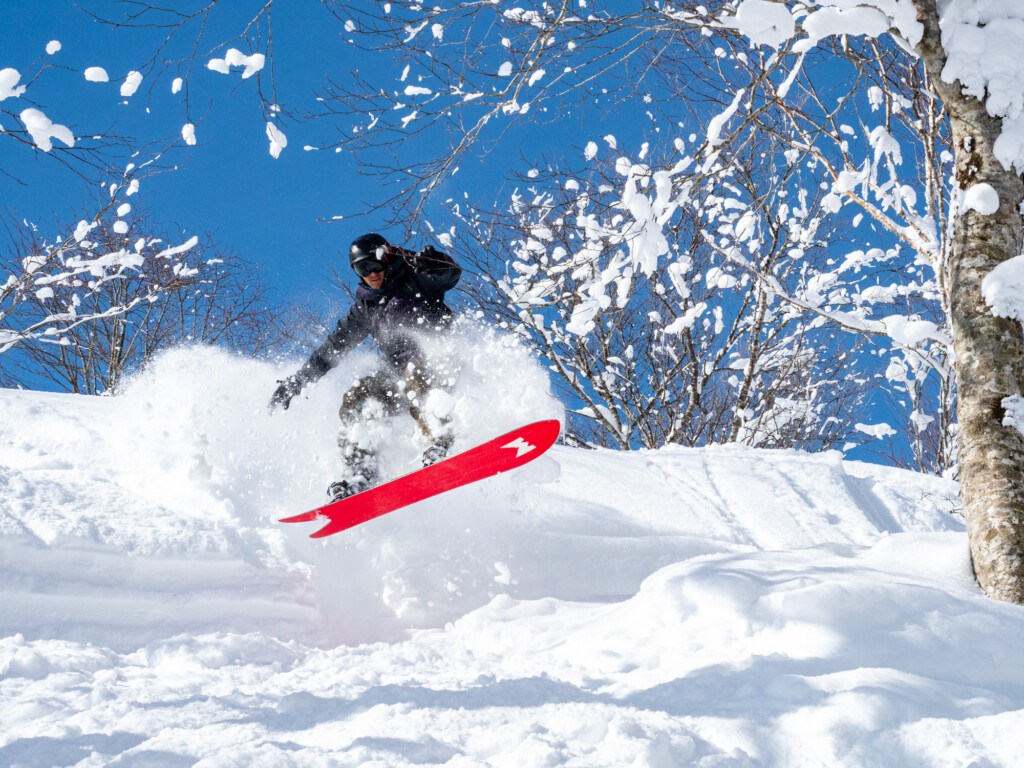


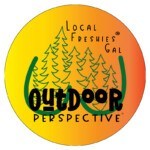
Very nice, I’m dreaming of my adventure there!
This was a fantastic tour of your vacation… beautiful pictures and so much great information. Thank you for sharing this great experience…
We skied 6 days on Honschu in 2020. 3 mountains. I’d add to the list to hire a private guide. Our guide always drove us to the best snow and found the untracked powder. He Drove us to an onsen after each day of skiing. When heliskiing was cancelled due to weather he even drove us to the beach for a local town tour. It made all the difference.
What tour guide service did you use?
Hey Chuck, we used Japan Ski Tours: https://www.japanskitours.com – if you do use them we’d love for you to let them know that you heard about them via Local Freshies.
I’ve traveled many times to Japan. No two experiences are the same. The tips Alex and Jamie gave are spot on. As a non Asian traveling in an Asian country is very much different. My experience was everyone was very polite and respectful. Food is not what you think and the wildest things you will experience are holidays or special days we celebrate that the Japanese do as well. Think Halloween on steroids! The people of Japan, especially the younger generation are all in on the fun. If Michael Jackson impersonators are abundant in LA you will trip over one each block during the night’s festivities. But being there for skiing is other worldly. Yes the snow coming off or because of the nearby ocean creates unbelievable conditions. Just like an Alaskan storm the snow is very heavy, not in terms of wet but it could be. If you hear someone screaming in English it might just be me- or someone looking for me. “Ganbare!”